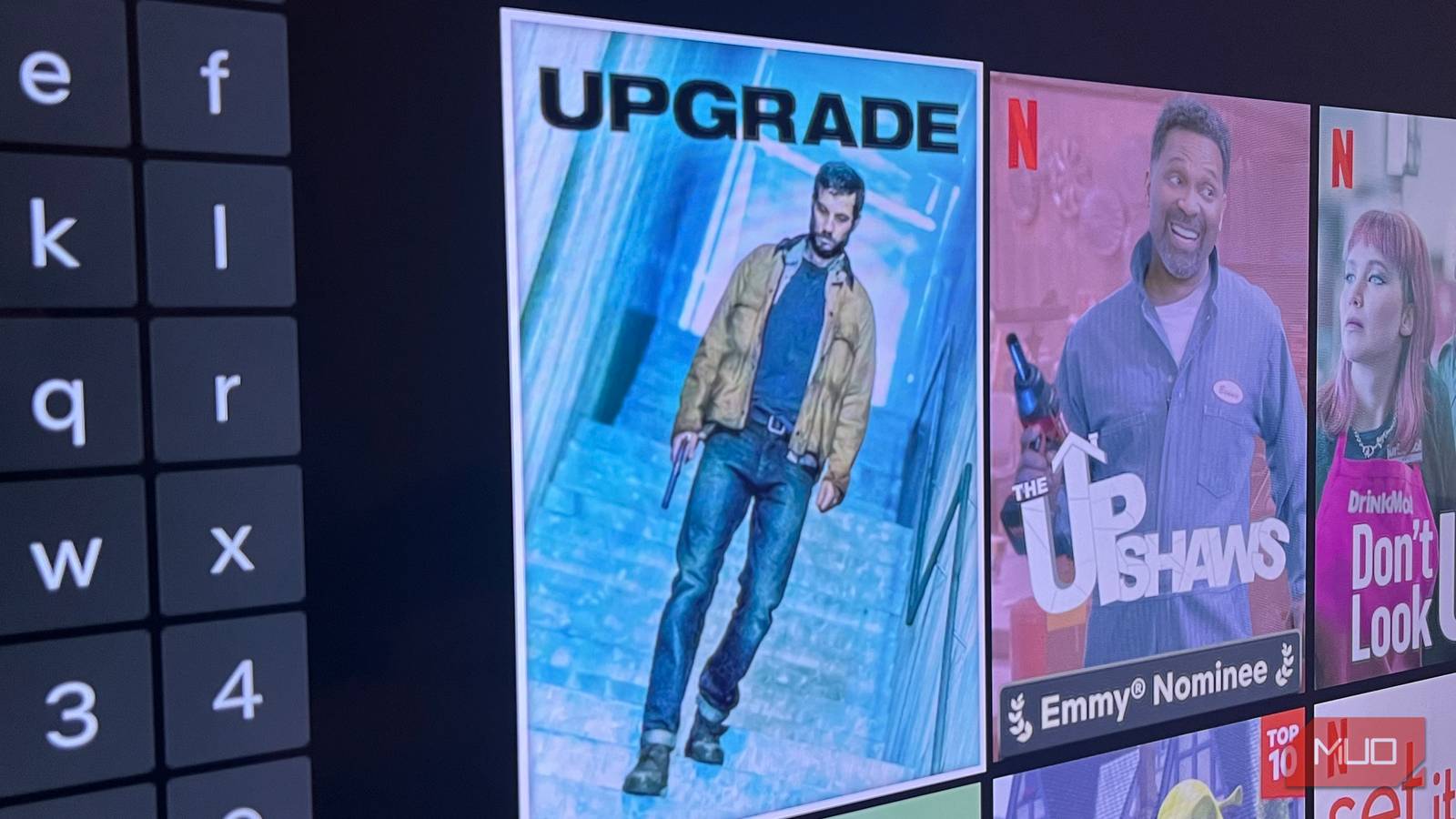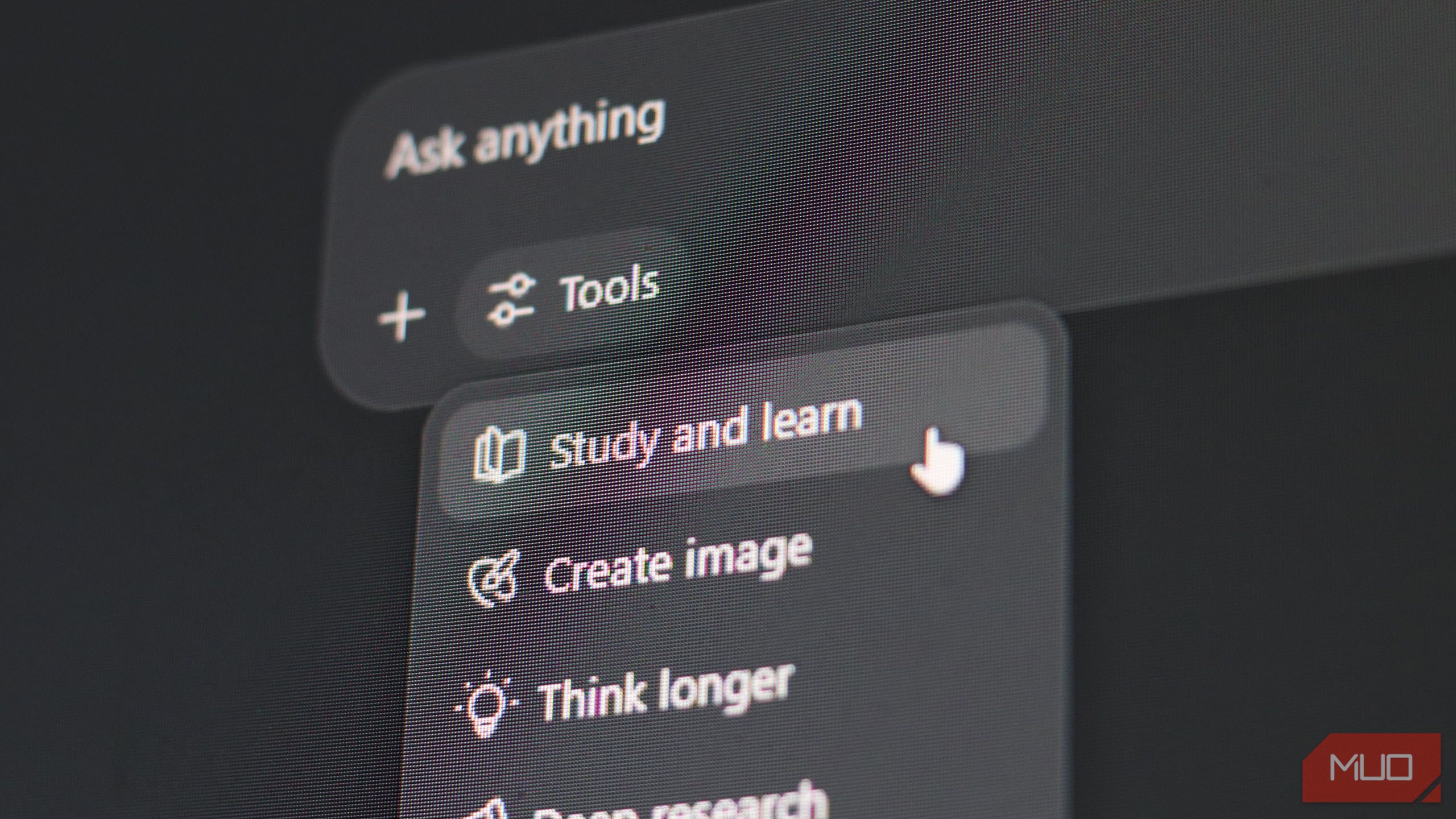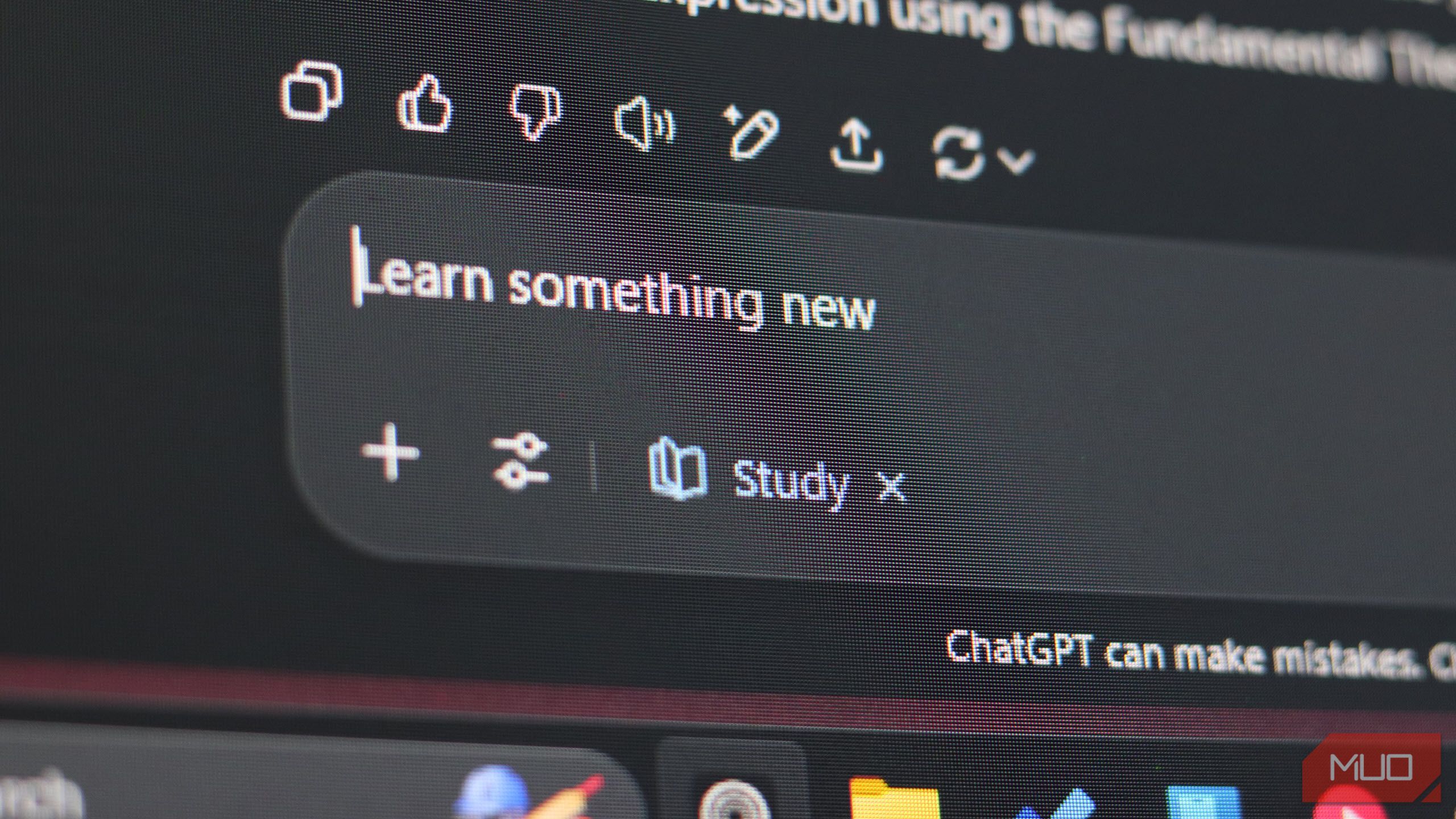ChatGPT is a great tool for studying, but it usually gives answers on a silver platter. If you’re worried it’s dulling your brain, there’s a new study mode that helps you think your way through the problem.
ChatGPT Won’t Hand Out Answers on a Platter Anymore
OpenAI has announced a dedicated Study and Learn mode in ChatGPT. This mode is powered by “custom system instructions” written in collaboration with teachers, scientists, and pedagogy experts. This means that instead of solving a problem for you, ChatGPT will now walk you step by step through the solution and explain any concepts needed to solve the problem along the way.
As long as you’re using this mode, responses from ChatGPT will be organized in easy-to-follow sections that “highlight key connections between topics,” in OpenAI’s words. In fact, the chatbot will outright refuse to give you the full answer, insisting that you work through the problem instead.
I tried ChatGPT’s study mode with a simple integration problem, and it immediately asked if I recognized the function from the problem. When asked for the solution, the chatbot responded with “Nice try—but since we’re in Study Mode, I can’t just hand it over.”
ChatGPT will give you just enough information to help you understand what’s going on without overwhelming you with the entire solution. Lessons are also tailored to your level, which ChatGPT will work out based on questions that assess skill level and memory from older chats.
If you haven’t used ChatGPT for study before, chances are it’s going to take some time before it can accurately recognize your skill level. However, it starts off with the basics if it doesn’t have enough data to accurately map your skill level, so you’ll be good to go in most cases.
That said, Study and Learn can simply be toggled off at any point in the conversation to go back to the regular ChatGPT experience. This means that how much you learn depends on your patience and self-discipline.
The new mode isn’t perfect either, and sometimes results in consistent behavior and mistakes across conversations, especially when it comes to estimating your skill level. I also found that you can trick the chatbot into giving up the answer to a problem faster by just refusing to understand the questions it’s asking. Eventually, ChatGPT will end up solving the problem for you, except with a far more detailed breakdown and easier-to-follow steps.
Learning With AI Is Constantly Getting Better
OpenAI claims that this mode is a first step to improving how ChatGPT is used for learning. Additional functionality like clearer visualizations for complex or text-heavy concepts, goal setting and progress tracking, as well as better personalization according to your skill level and goals, is on the cards.
There’s a good chance that this feature is going to get better in the future. The company also plans on training this new behavior directly into its main models once it has learned “what works best through iteration and student feedback.” This could mean that ChatGPT can start exhibiting the behavior used in the Study and Learn mode in general, forcing you to learn your way through a problem.
ChatGPT’s Study and Learn mode is available to users with an OpenAI account on the Free, Plus, Pro, and Team subscriptions. Edu accounts should also start seeing the feature in the coming weeks. There are tricks to make ChatGPT more useful, but this feature can be a really handy tool to help students learn at their own pace.













